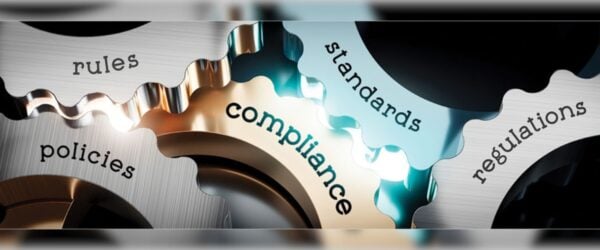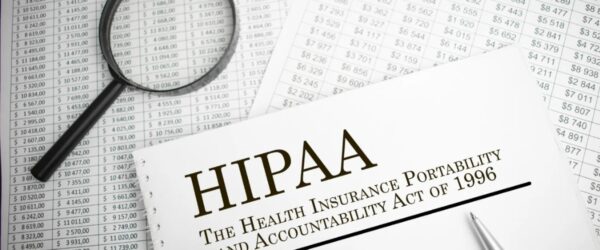July 16, 2025
Your Care Is Personal- Your Note Should Be Too
- by Shannon DeConda, Partner, Founder and President of NAMAS
Let go of outdated templates and write documentation that reflects the care you actually delivered.
As compliance professionals, we’ve seen it time and again: the reflex to reach back to “how we’ve always done it” when coding, billing, and documenting encounters. But as guidelines evolve and payer scrutiny sharpens, relying on legacy habits isn’t just outdated, it’s a risk. While past documentation practices won’t disappear from your audit trail, they shouldn’t dictate how you move forward.
Compliance demands a different approach.
The recent updates to Evaluation and Management (E/M) guidelines have introduced some welcome streamlining, but they’ve also recalibrated the expectations for documentation, particularly around medical decision making and time-based coding. Today, providers bear the clear responsibility of ensuring that each note authentically captures the unique narrative of the patient and the distinct elements of that specific encounter.
Physicians may understandably feel weary from the constant tide of regulatory updates. Still, the reality is that many legacy documentation habits were never defensible, particularly those that failed to reflect the specificity of the individual patient encounter. Checkbox-driven templates, copy-forward techniques, and a focus on volume over clarity have repeatedly exposed providers to compliance risks, audit discrepancies, and costly recoupments.
We don’t need to erase history, but we must stop recreating it.
Resetting the Foundation
Consider this your permission slip to start over. Not in your career, not in your patient care, but in how you document them. A clean slate doesn’t ignore your experience. It uses it differently.
➣ Medical necessity (why) must lead the story. Documenting medical necessity isn’t a review of your clinical patient care, but it’s about clearly capturing the rationale behind each billed service reflected on the claim form. Not every problem listed in the record is relevant to the current encounter. A problem is considered addressed only when the documentation states it was evaluated or managed during that visit. Focus your documentation solely on what was assessed and treated today, and reflect the associated risk involved in managing the patient’s care plan.
➣ Abandon the clutter. The 2021 E/M guidelines set physicians free from the need to rely on templates, autofill exams, or macros for typical outpatient encounters. Embrace this shift as a chance to streamline your documentation process while generating more precise, guideline-compliant records. Narrative context that includes the complexity of care and the risk of patient management are now central—and they resonate far more with today’s compliance standards than recycled checklists ever did.
➣ Educate the entire care team. While others may document on your behalf, the documentation is ultimately yours—and so is the liability. Physicians are often pressed for time and may not closely validate the entries made by ancillary staff or carefully review notes produced by a scribe. Many medical assistants who room patients, collect vital signs, and even initiate the documentation by selecting a template may not be trained in documentation-specific compliance expectations. The same holds true for scribes, who may inadvertently carry forward outdated or non-compliant habits if not properly educated. It is critical that all members of the care team are routinely trained and aligned with current documentation requirements to ensure the integrity of every note bearing your name.
The Path Forward Is Not Optional
Let’s be frank: change isn’t comfortable. But neither is an overpayment demand letter.
If you’ve been putting off that provider training or documentation self-audit, now is the time to act. Don’t wait for the denial to start asking if your notes hold up.
Today Is the Best Day to Begin Again
Physicians have never been short on resilience. But adaptation is a different muscle—and it’s one worth flexing now. Whether you’ve practiced for 5 years or 25, the game has changed. And while we don’t ask you to forget what you’ve learned, we do ask that you stop clinging to what no longer serves you, or your patients.
Clean slates are earned, not granted. Let yours begin today.

























